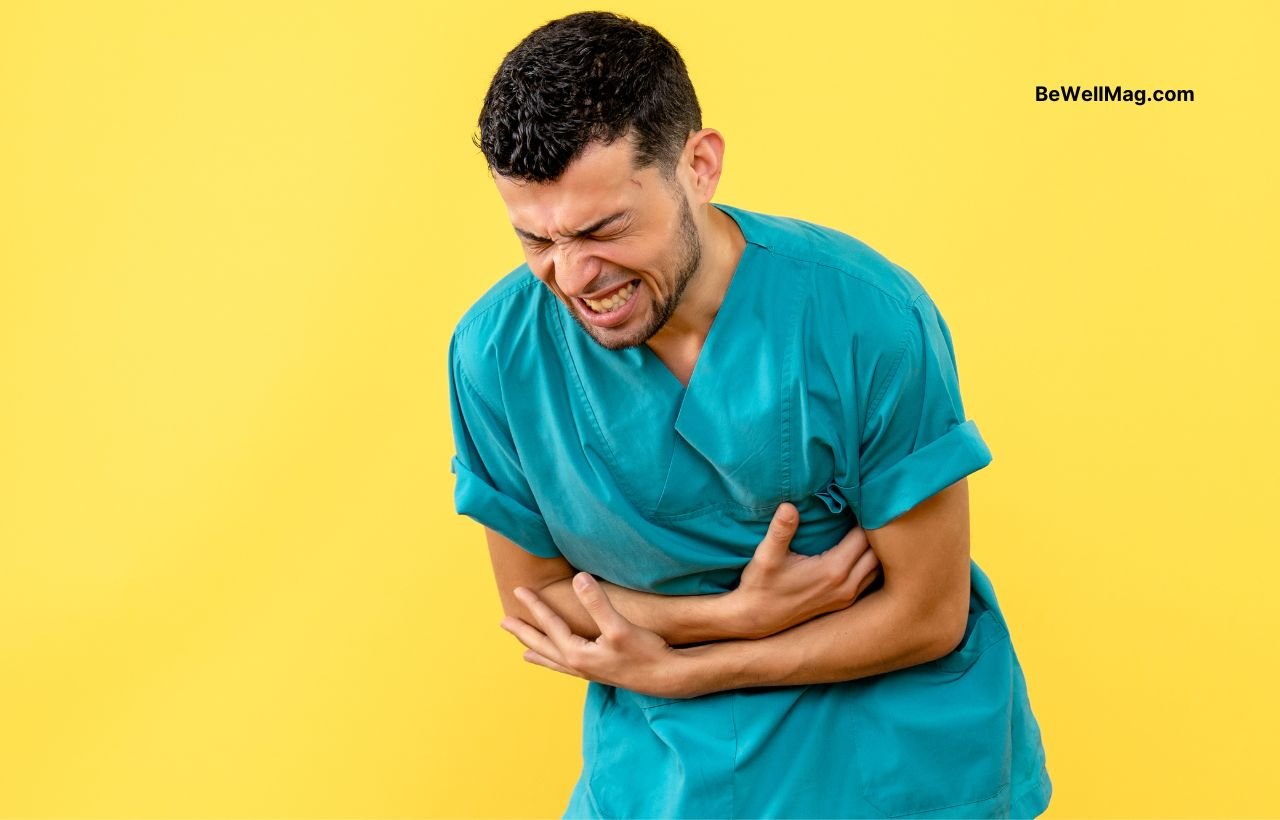Now Reading: Food Poisoning vs. Stomach Bug: How to Spot the Difference & Recover Fast
- 01
Food Poisoning vs. Stomach Bug: How to Spot the Difference & Recover Fast

Food Poisoning vs. Stomach Bug: How to Spot the Difference & Recover Fast
Food poisoning and stomach bugs may share symptoms, but their causes and treatments differ. Learn to identify, treat, and prevent each for a speedy recovery.
Table of Contents
Ever wake up feeling queasy, with stomach cramps, and realize you’re racing to the bathroom? It’s a nightmare no one wants to face, but it could be due to food poisoning or a stomach bug. Although these conditions share some similar symptoms, understanding their differences can help you treat yourself properly and prevent spreading the illness. In this post, we break down what each condition is, highlight their key differences, and share practical tips to help you bounce back quickly.
What’s Food Poisoning?
Food poisoning happens when you consume food or drinks contaminated with harmful bacteria, viruses, parasites, or toxins. This usually occurs because of poor handling, improper cooking, or unsafe storage. Foods such as undercooked meat, raw seafood, unpasteurized dairy, and leftovers sitting out too long are typical offenders. While food poisoning isn’t directly contagious from person to person, sharing contaminated food or using the same cooking tools can spread the problem.
Symptoms of Food Poisoning may include:
- Nausea and vomiting
- Watery diarrhea (which can sometimes be bloody in severe cases)
- Intense stomach cramps and abdominal pain
- Occasional fever
- Fatigue and weakness
- Rapid dehydration due to fluid loss
What’s a Stomach Bug?
A stomach bug, or viral gastroenteritis, is caused by viruses such as norovirus or rotavirus. These viruses spread quickly from person to person through contaminated surfaces, direct contact, or shared food. Unlike food poisoning, the symptoms of a stomach bug usually take a bit longer to appear—typically 12 to 48 hours after exposure. Outbreaks of stomach bugs are common in places where people gather closely, like schools, offices, or cruise ships.
Symptoms of a Stomach Bug often include:
- Nausea accompanied by frequent, intense vomiting
- Watery diarrhea (without blood)
- A persistent fever with chills
- Stomach pain and bloating
- General body aches and overall weakness
- Dehydration from significant fluid loss
Key Differences Between Food Poisoning and a Stomach Bug
Before diving into how to treat these conditions, it helps to know how they differ:
First, regarding the cause: Food poisoning results from ingesting contaminated food or beverages, while a stomach bug is a viral infection transmitted through person-to-person contact or contaminated surfaces.
Second, consider the onset of symptoms: Food poisoning typically shows up quickly—within a few hours after eating—whereas a stomach bug usually takes 12 to 48 hours to manifest.
Lastly, think about contagiousness and severity:
- Food poisoning is generally not contagious, unless you share the contaminated food, and may lead to bloody stools and severe abdominal cramps.
- In contrast, a stomach bug is highly contagious, often causing a persistent fever and muscle aches along with gastrointestinal upset.
Treatment & Recovery Tips
Both food poisoning and a stomach bug share symptoms like nausea, vomiting, and diarrhea, which can lead to dehydration. Food poisoning results from consuming contaminated food or drinks and typically causes rapid symptoms such as severe cramps, watery (or even bloody) diarrhea, and fever. A stomach bug, caused by viruses like norovirus or rotavirus and spread via contact or surfaces, usually shows symptoms 12 to 48 hours later. Despite their different origins, the recovery tips for both are quite similar.
Here are some common recovery guidelines for both conditions:
- Hydration is Key: Drink plenty of water, clear broths, or electrolyte solutions to replace lost fluids and prevent dehydration.
- Avoid Irritants: Steer clear of caffeine, alcohol, and dairy products until your stomach settles.
- Ease Back into Eating: Once you feel ready, slowly reintroduce bland and easy-to-digest foods such as bananas, rice, toast, and applesauce.
- Rest Up: Give your body time to recover by getting ample rest. Monitor your symptoms closely, and if they persist beyond a couple of days or worsen, seek medical attention.
- Practice Good Hygiene: Especially important if you have a stomach bug—wash your hands frequently to avoid spreading the virus to others.
Prevention: How to Keep Illness at Bay
Good hygiene and smart food practices are your best defenses against both food poisoning and stomach bugs. Make it a habit to wash your hands thoroughly before eating and after using the restroom. Ensure you store and cook food properly so cross-contamination doesn’t occur, and be extra cautious with high-risk items like raw seafood and unpasteurized dairy.
Regularly cleaning frequently touched surfaces during times of high viral activity also goes a long way. By following these practices, you can significantly reduce your risk of falling ill.
Conclusion: Empower Yourself with Knowledge
While both food poisoning and a stomach bug can quickly derail your day, knowing what you’re up against makes all the difference. Whether it’s a result of contaminated food or a fast-spreading virus, early recognition of symptoms, proactive hydration, and ample rest are key to a speedy recovery. By practicing good hygiene and food safety, not only do you help yourself heal faster, you also protect those around you. Remember—knowledge is the best medicine.
Disclaimer: This article is for informational purposes only and does not substitute for professional medical advice. If your symptoms persist or worsen, please consult a healthcare professional.











